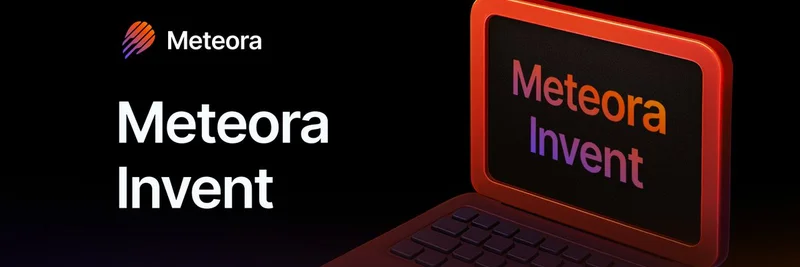The crypto world is buzzing with a hot debate: should you cash out your crypto profits to fiat or stay onchain with stablecoins and tokenized assets? A recent thread by DeFi Ignas on X dives deep into this topic, and it’s got the community talking. Posted on July 24, 2025, Ignas argues that true crypto success isn’t about fleeing to traditional banks but embracing the onchain economy. Let’s break it down and see why this perspective is gaining traction.
The Case Against Cashing Out
Ignas kicks off with a bold statement: cashing out to fiat isn’t the win crypto natives should aim for. The idea of “locking in profits” by moving chips from the crypto casino to a bank account might sound safe, but it comes with downsides. Traditional banks offer low yields, clunky apps, and even the risk of freezing your funds if they suspect crypto origins. For someone deep in the crypto game, that’s a dealbreaker.
Instead, Ignas paints a picture of staying onchain. Imagine using stablecoins—like USDC or DAI—to pay for real-world items, earn DeFi yield, or invest in tokenized funds like the S&P 500 or gold. This keeps your money in a decentralized ecosystem where you control it, not a bank. The thread includes a dramatic image of a trading floor celebration (likely from a movie scene), symbolizing the excitement of this shift.
Why Onchain Makes Sense
So, why stay onchain? Ignas highlights several perks. First, you can earn yield on your entire portfolio—think of it like interest on your savings, but better. Second, your assets can act as collateral for loans without handing over control. Third, you get global access to your money while keeping it in self-custody (meaning you hold the keys, not a third party). This is a game-changer compared to the limitations of fiat banking.
The thread also nods to the rise of real-world assets (RWAs) on blockchain, like tokenized private equity or gold. These are still new and face hurdles—low liquidity, untested systems, and regulatory gray areas—but Ignas believes they’re the future. As adoption grows, these assets could rival traditional investments, pulling even “boomers” into the onchain world.
The Counterargument: Practicality of Fiat
Not everyone agrees with Ignas. Some X users, like @RealNimona, caution that keeping profits onchain might tempt you to reinvest impulsively. Others point out that stablecoins, while handy, aren’t perfect—paying rent or buying a house still requires fiat rails. Plus, as @zaimiriQ notes, owning physical gold might beat tokenized gold ($XAUT) for security. These are valid points, and Ignas acknowledges the early-stage challenges of onchain RWAs.
Finding the Balance
So, what’s the smart move? Ignas suggests keeping only the bare minimum in banks for essentials, while letting the rest thrive onchain. @H0ogie offers a middle ground: cash out enough to secure financial independence, then hold long-term bets like Bitcoin. This hybrid approach blends safety with the potential of crypto growth.
The Bigger Picture
This debate reflects a broader shift. As stablecoins gain traction for cross-border payments and real-world use, and as tokenized assets streamline investing, the onchain economy is becoming a viable alternative to TradFi (traditional finance). Banks might need to adapt or risk obsolescence, as Ignas predicts.
What do you think? Are you team onchain or team fiat? Drop your thoughts in the comments, and let’s keep the conversation going. For more insights on meme tokens and blockchain trends, check out Meme Insider!




